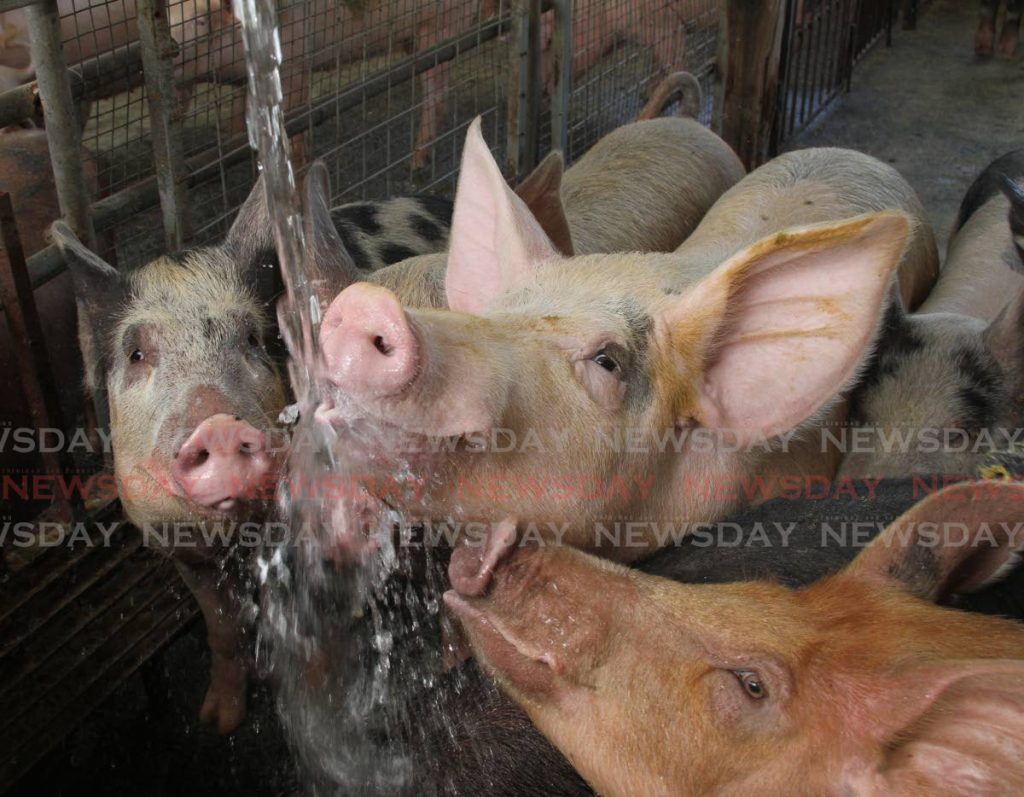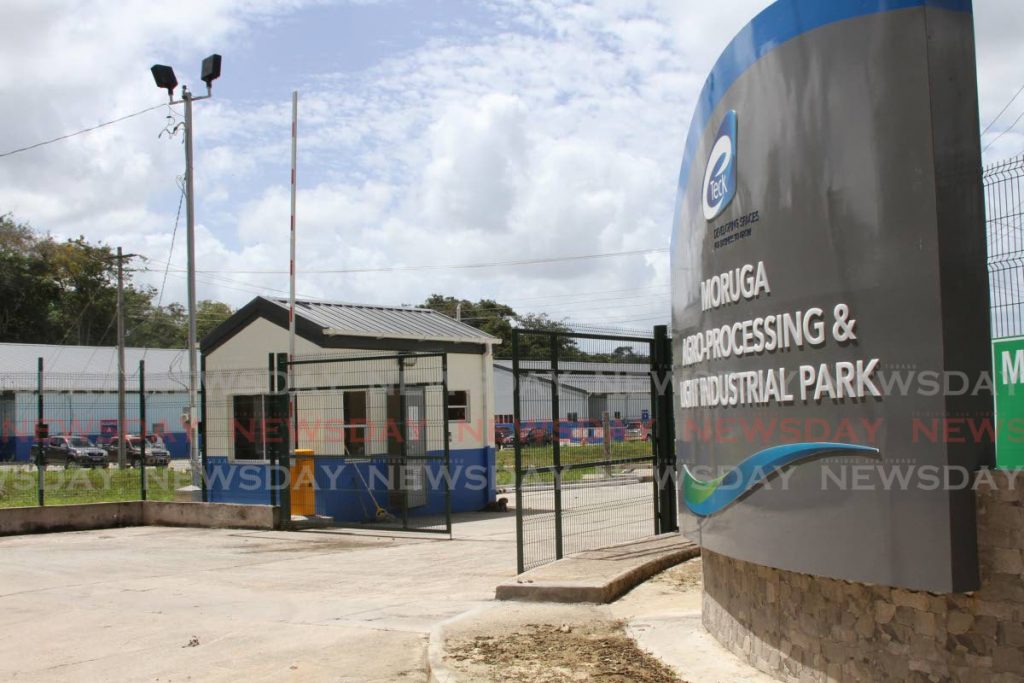Food sustainability: What gains did agriculture make with $1b

IT is without a doubt that agriculture is critical to food security and sustainability, especially now that countries worldwide are struggling to survive a pandemic.
Trinidad and Tobago is by no means exempt from this situation, as it too has put in place plans to decrease its food import bill and promote local agriculture.
With the 2021/2022 budget set for October 4, the public is anxiously awaiting the allocations for the various sectors.
Last year Finance Minister Colm Imbert presented another budget with a deficit – $16.772 billion. This was based on an oil price of US$45 per barrel and a gas price of US$3 per metric million British thermal unit (MMBtu).
Of the $56.8 billion, the agriculture sector was allocated $1.198 billion, with an additional $500 million agricultural stimulus package. In his budget presentation on October 5, 2020, Imbert told Parliament the allocation would account for an increase of 70 per cent for the sector.
He also proposed a tax-free industry in which taxes and duties on all inputs and resources registered for agricultural purposes would be removed to encourage greater participation.
Issues within the agriculture sector were again addressed in the Roadmap to Recovery and several short-term plans were put forward to reduce imports, which stood at over $4 billion, and to increase productive capacity and accessibility to domestic produce.
In June this year, Minister of Planning and Development Camille Robinson-Regis said the $500 million stimulus package would allow the Ministry of Agriculture, Land and Fisheries to undertake critical projects in a timely manner.
Added to the list of challenges for the sector has been the impact of climate change, which has caused problems for both produce farmers and livestock farmers. Recent heavy rain has destroyed crops and infrastructure, while livestock farmers have been hit hard by a rise in feed prices.
A combination of factors including the negative effects of the covid19 pandemic – such as increased shipping and an increase in raw material costs – have created rising food prices across the board for consumers.
A 2020 Oxford Business report said, “Agriculture still lags behind other sectors and continues to be overshadowed by the energy-driven economy. However, strides have been taken in the areas of training and farm development.”
CEO of the National Agricultural Marketing and Development Corporation (Namdevco) Nirmala Debysingh-Persad said in an interview with Oxford Business that a co-operative approach was needed to boost production and exploit TT’s agricultural capabilities.
“The most important step for developing agriculture is to apply a commodity approach, which focuses on commercialisation of individual crops, taking into consideration all the agronomic practices, post-harvest technologies and marketing principles for sustainable, economically viable and competitive products,” she said.
Similarly, an Economic Commission for Latin America and the Caribbean (Eclac) report in February last year said there was room for expansion and diversification of exports in the agro-processing industry.
Prof Wayne Ganpat Dean of UWI's Faculty of Food and Agriculture says while investments in agriculture were equally critical, a policy framework to ensure food security was lagging.

“If we want food and nutrition security, we must invest heavily in the sector and do so every year until it can sustain itself.
"Regrettably, the annual budget allocations for agriculture will serve to keep us at a subsistence level.
“We need an enabling policy framework now, one that provides appropriate support and incentives for farmers while revamping approval procedures for access to land, loans, etc, so as to get action on farms,” he said in an article published in a May 2020 issue of UWIToday.
The agriculture ministry has launched a series of free training programmes in crop production, home gardening, livestock production, introductory organic farming, farm management and marketing, pasture management, improved livestock practices, fertiliser usage and effective pest management to assist farmers.
It has also been working with and receiving investments from the UN Food and Agriculture Organisation (FAO), the European Union and Inter-American Institute for Cooperation on Agriculture (IICA).
The opening of the Moruga fishing port and the Moruga Agro-Processing and Light Industrial Park have been two investment catalysts to attract growth in the agriculture sector.
But Riyadh Mohammed, agricultural consultant at Tropical Agriculture Consultancy Services, says there needs to be more accountability from the ministry about its spending in the sector.
“There must be an account of how the $500 million agriculture stimulus package was awarded and how this investment directly translates to safe and nutritious food production and responsible consumption.
“Also, the sector is in dire need of an increase in the budget allocation from 2020/2021 of $1.198 billion.”
Mohammed said there was a significant amount of work outstanding, including training, marketing, protection, and linking agriculture with unemployment and underemployment.
“More focus is required in education and training sessions on fully understanding the 'green supply chain' and sustainable circular food systems and the positive impacts of such a strategy when based on the 'people, planet and profits,' the triple-bottom-line model.
“Additionally, make lands available for tropical fodder production planning and budgeting, to secure our local livestock industry and increase local livestock genetic stock and value-added livestock products. A separate and dedicated marketing agency for livestock and livestock products should be created,” he said.
Mohammed said, notwithstanding efforts made to date, farmers continued to face grave losses to stock and other resources to praedial larceny.

He called for an increase in human and physical resources to the praedial larceny unit for increased commodity and stakeholder protection, as well as the strategic placement of these units in areas where agriculture was more prominent.
Marketing of good and services were by no means less important than its production, Mohammed also said.
He explained that developing selected value-added products within TT cannot be easily replicated nationally and exported at scale.
“Branding and protecting the intellectual property of the commodity-creation methodologies of agriculture stakeholders and their unique local products can go a long way and reap large benefits for the sector.
“Things like implementing the eco- and agro-tourism concept on each farm for increased revenue-stream generation, and a more pleasant customer experience, ensuring safe and nutritious food production, and risk mitigation strategies for all levels of food production, product development and marketing, can all add value to the sector.”
Critical to the agriculture sector, he said, was also linking the unemployed and underemployed into an agriculture-based business systems, to show that agriculture can become a viable income generator and retirement package.
How the $500m stimulus package was allocated:
– $50 million for agriculture in Tobago
– incentives of $100,000 for farmers, other food producers, forestry and service sectors working in support of food production
– sums of $1,500,000, $2,000,000 and $1,800,000 for access roads and other facilities critical for agriculture
– expanding the national seed bank in Chaguaramas
Government’s proposed measures for agriculture sector:
– strengthening linkages for the food value and distribution chains by making locally produced foods more attractive within the country
– more technologically-advanced agricultural system to increase the availability of domestic food supply
– a centre of excellence in agriculture and biotechnology to be established using the existing human resources and infrastructure at the ministry of agriculture, UTT, Cariri and other state agencies
– education and training on sustainable agriculture practices
– investing in precision agriculture
– incorporating indoor vertical farming methods to increase crop yields
– creating community-supported agriculture programmes and increasing education campaigns to promote locally produced alternatives to cater to healthy lifestyles
– developing marine aquaculture
– investing in productivity-oriented research and technology and strengthening the linkages between industry and agriculture to build sustainable food systems


Comments
"Food sustainability: What gains did agriculture make with $1b"